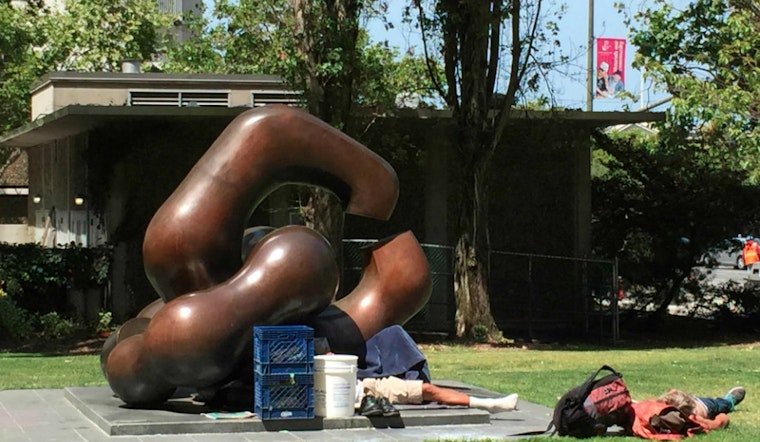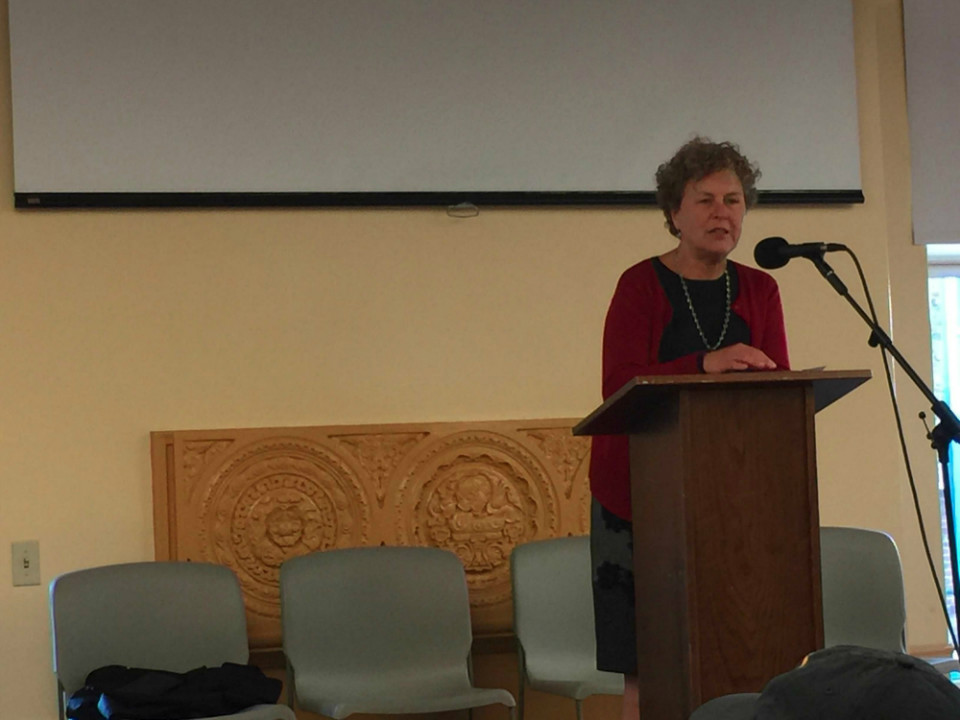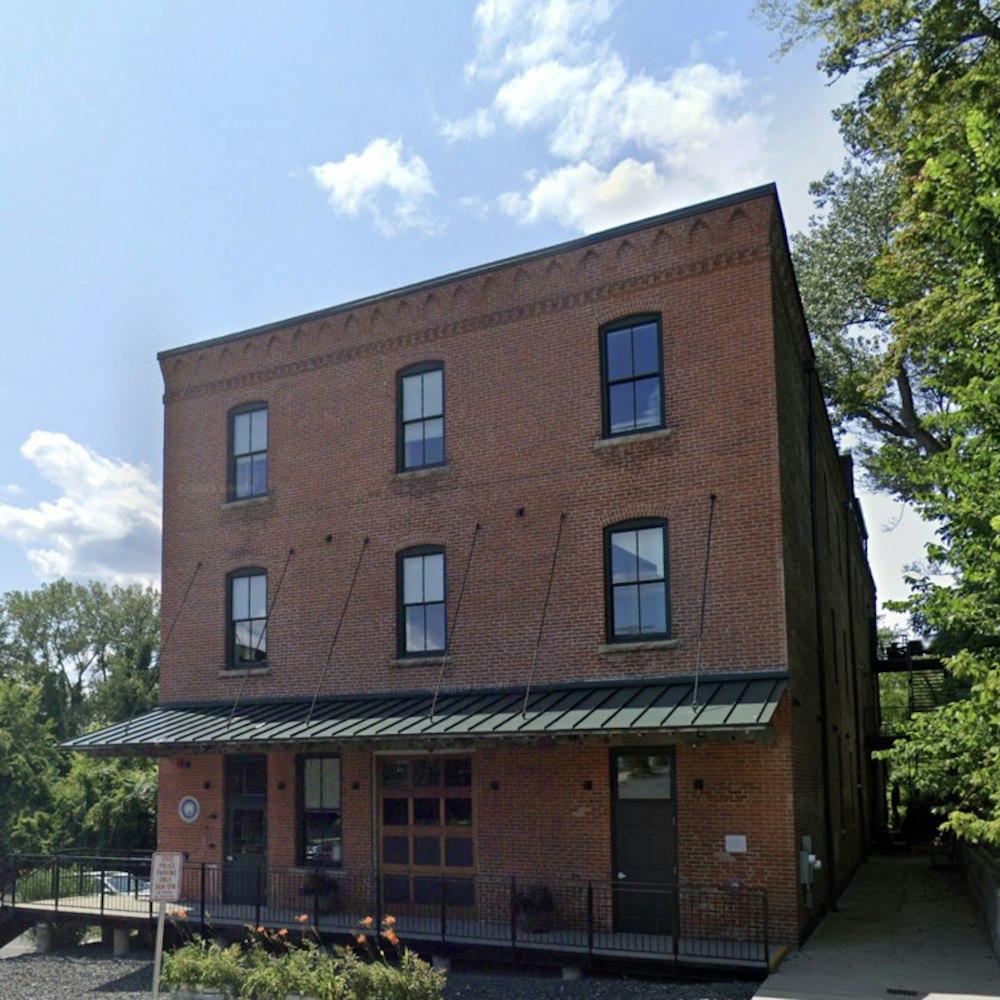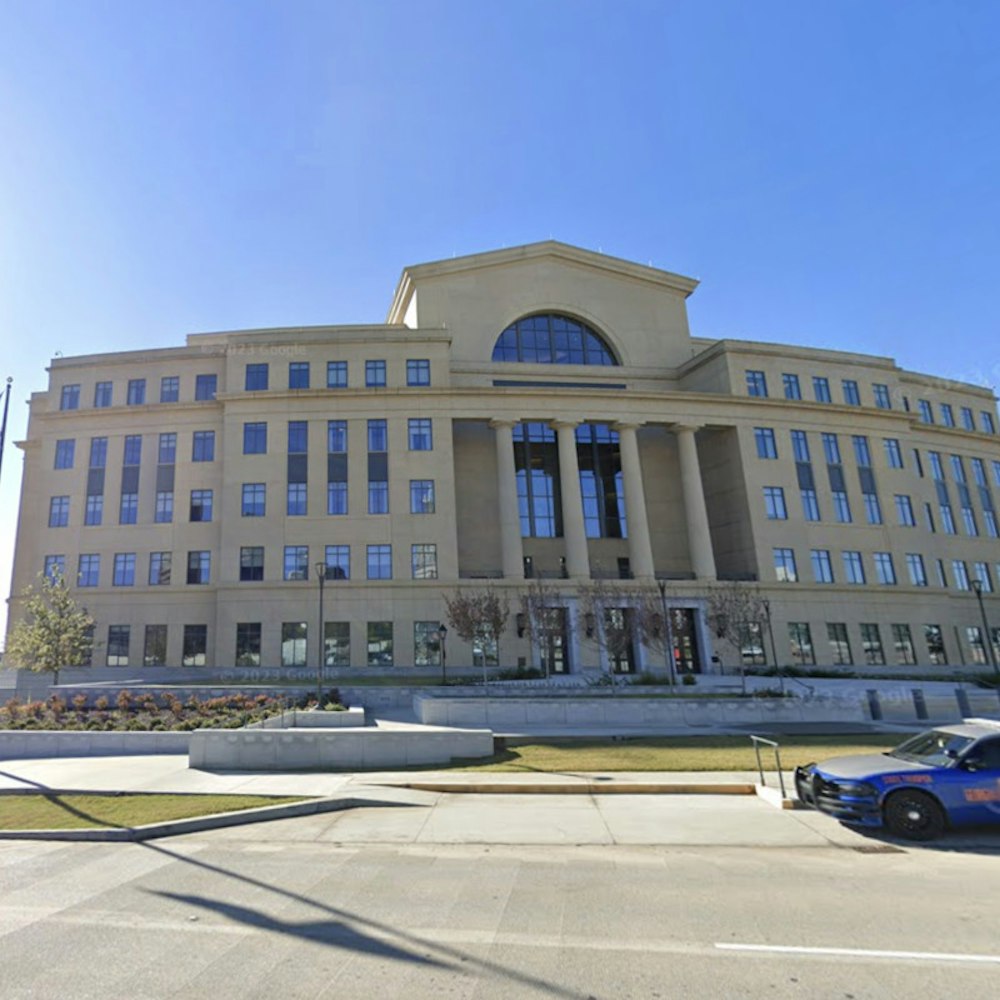
District 3 Supervisor Julie Christensen held a community meeting yesterday evening at the Chinatown YMCA to address neighbors’ concerns regarding homelessness in the area.
Present at the meeting were SFPD Central Station Capt. David Lazar and SFPD Northern Station Capt. Greg McEachern; Bevan Dufty, director of the Mayor’s Office of Housing Opportunity, Partnerships and Engagement; Brenda Mesken and Rand Parker of the San Francisco Homeless Outreach Team (SFHOT Team); Larry Stringer, deputy director for operations at Public Works; and Joyce Crum of the Department of Human Services. They explained their organizations’ roles in the city’s effort to help homeless individuals and families find shelter and support services, and keep the district’s streets safe and clean. More than 50 residents, merchants and business development leaders from Chinatown, North Beach and Union Square attended the meeting.
A theme that emerged throughout the presentations was how the city is adapting to the lack of housing options available for homeless individuals and families. Parker explained that SFHOT Team was originally designed as a “therapeutic transport” service to help place people with physical and mental medical conditions into housing quickly. Now that housing is no longer readily available in San Francisco, the organization is focusing on improving homeless individuals' physical and mental wellness. The organization employs doctors and nurses who can provide medical care on the streets, which builds trust and leads to conversations about case management and other local support services.
Dufty added that of the city’s 6,436 homeless individuals (as of a 2013 street count), more than half are living on the streets, nearly one-third are currently in jails or treatment facilities with no homes to return to once they’re released, and less than a quarter are living in the shelters. Due to the city’s increased development, he said, the homeless population has been squeezed into more concentrated areas, and the city needs a new approach to housing—such as the Navigation Center, which was funded by a $3.1 million gift Mayor Ed Lee secured from an anonymous donor. Unlike other shelters in San Francisco, the Navigation Center allows domestic partners and entire encampments to stay together and people can bring all of their possessions, including shopping carts and pets that are not service animals.
Regarding the police department’s responsibility, Capt. Lazar stated that community members generally think to call the police first, and Chief Greg Suhr has changed the department’s mindset from enforcement to outreach over the past 10 years. Officers are steering people to the Navigation Center and are supposed to carry a two-page document outlining various city resources they can refer to any time. Enforcement is still a priority, however, as officers rely heavily on section 5150 of the California Welfare and Institutions Code. A majority of service calls are regarding people with altered mental states, and to enforce quality of life and Civil Sidewalks Ordinance violations.
Stringer addressed the crowd next, offering details on Public Works' efforts to keep city streets clean. Starting at about 4am five days a week, teams make rounds to homeless sites to clean away debris and ensure all residents wake up to clean streets. They hit most camps at least once a day, he said, but often their work “doesn’t last long.” Community members can call 311 to request service at a specific location, and Public Works will generally respond within the day.
Supervisor Christensen also added that the free 311 smartphone app uses GPS to automatically report the location, connects to your camera to quickly upload a photo and allows the government to track which departments are responding appropriately and in a timely fashion. She also reminded the crowd that merchants are responsible for the sidewalks and curbs in front of their businesses.

Rounding out the presentations, Crum briefly detailed the “housing and homeless services” offered by the Human Services Agency, including financial support for individuals and families who are behind on rent or utilities, or need to move but lack the funds to pay security deposits.
During the Q&A session, a handful of community members sought assistance for specific individuals and camps impacting their neighborhoods. A woman residing in The Gateway Apartments thanked the police for their support in her area, but requested armed guards to patrol the Safeway on Jackson Street, which—per her conversations with employees—loses $250,000 in merchandise every day as homeless individuals walk out with everything from liquor to household supplies. Dufty and Captain Lazar assured the resident that they would meet with Safeway executives immediately to determine solutions, such as environmental design changes to make the store less appealing to steal from or stay-away orders for repeat offenders.
Similarly, the owner of the 7-Eleven at 195 Pine St. in the Financial District detailed how she and her employees are regularly threatened and attacked by homeless individuals stealing merchandise, and “fear for their lives.” She also noted that she has worked with Dufty to hire from the community, but is constantly hiring due to losing employees to homelessness. Other concerns raised included a homeless encampment that moved in near the CCSF’s Chinatown/North Beach Center and a homeless individual affecting elderly Chinese residents at 601 Jackson St.
Community members with expertise in homeless advocacy also engaged officials in a conversation regarding whether the city is looking to solutions implemented by other cities for guidance. Dufty noted that his department is learning from Philadelphia, which runs a small but effective SRO program by leasing specific rooms rather than entire buildings, and Salt Lake City, which quickly built housing for its chronically homeless population with financial assistance from the Mormon Church.
“Tech companies are our Mormon Church,” said Dufty, who believes the $3.1 million donation for the Navigation Center was donated by a member of the tech community and says the industry’s attitude toward civic engagement has changed dramatically over the past two years.









.webp?w=1000&h=1000&fit=crop&crop:edges)